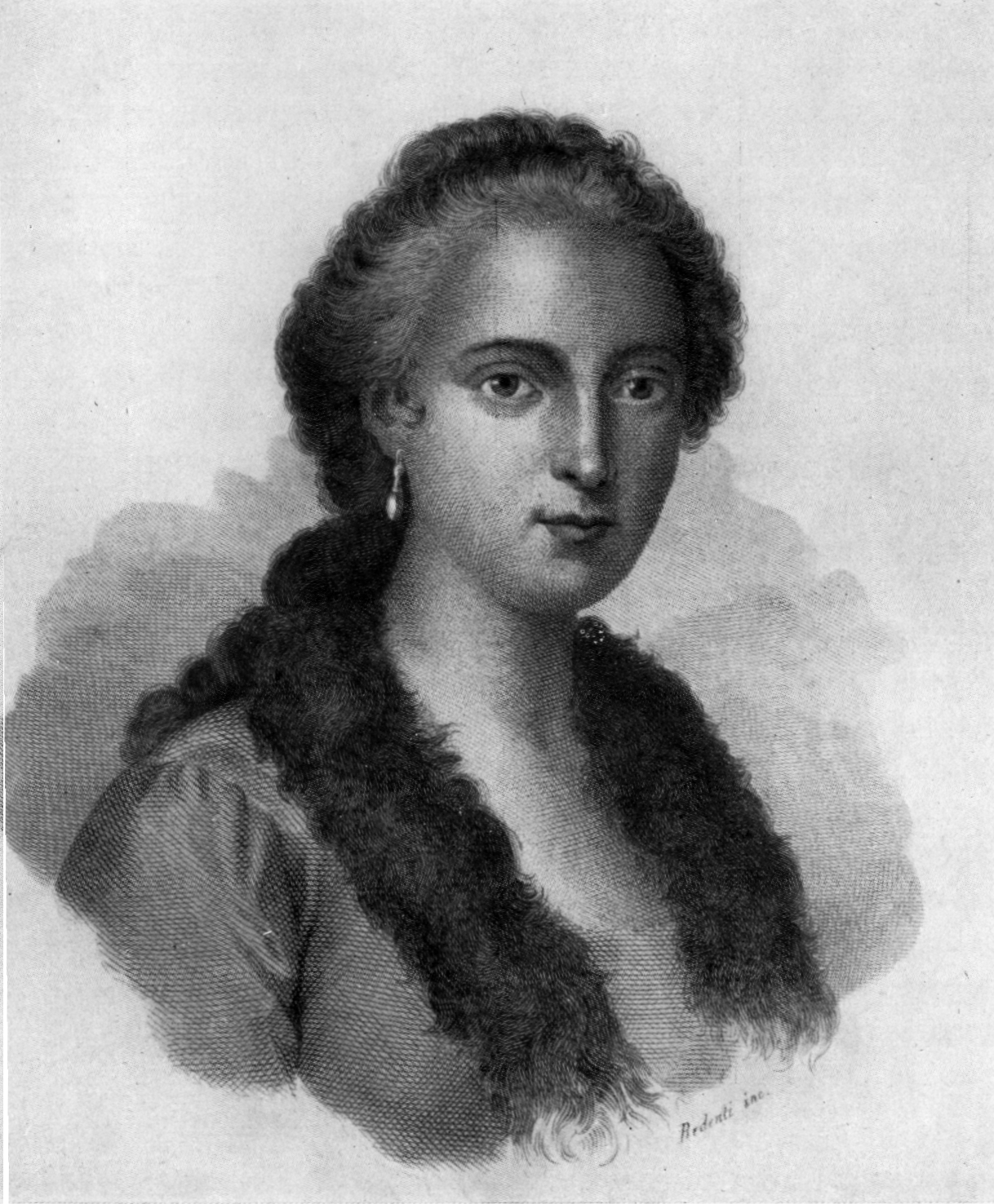

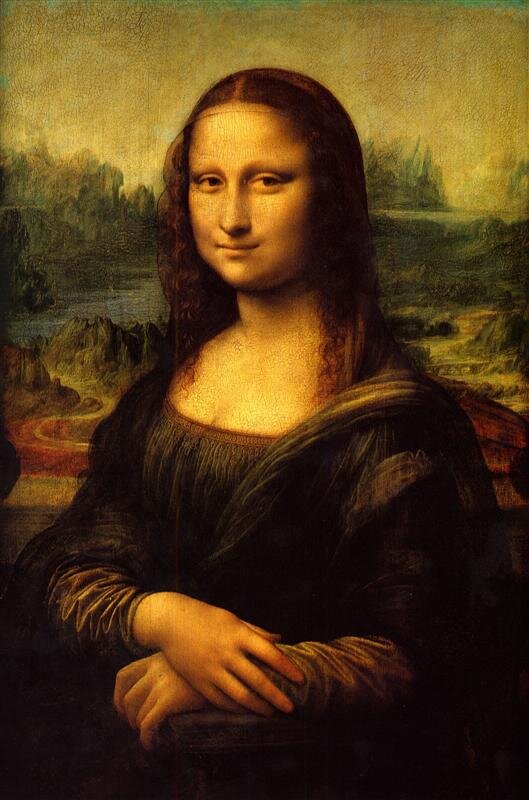
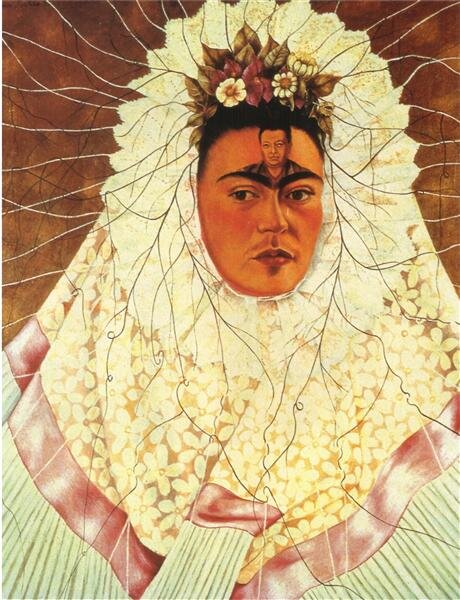
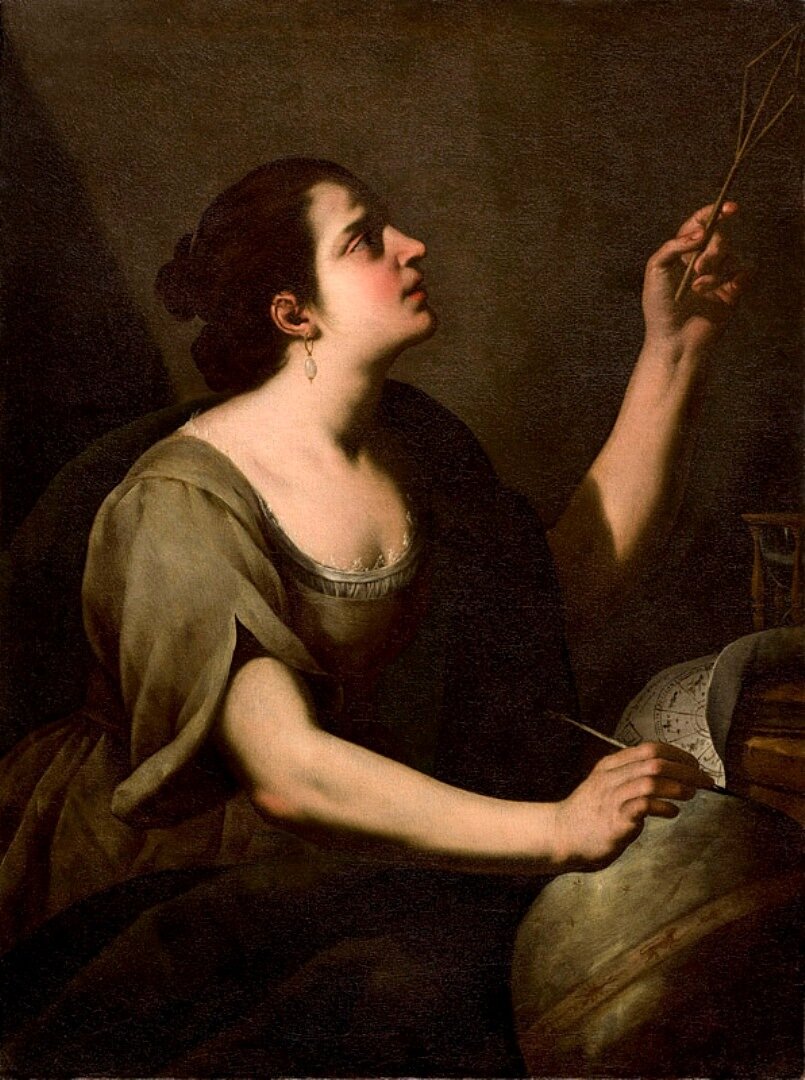
![Minerva (Sapienza) [Minerva (Wisdom)]](https://images.squarespace-cdn.com/content/v1/5509aaade4b014805939e79c/1584378894313-PI86A6OFRWDGP8YEKSYT/Artemisia_Gentileschi_-_Minerva_-_WGA8568.jpg)
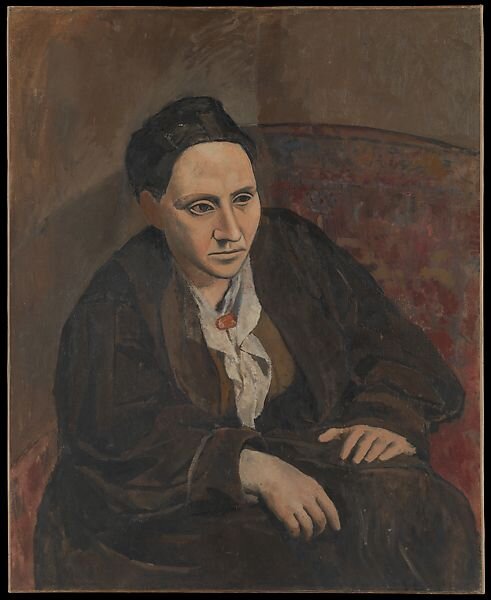

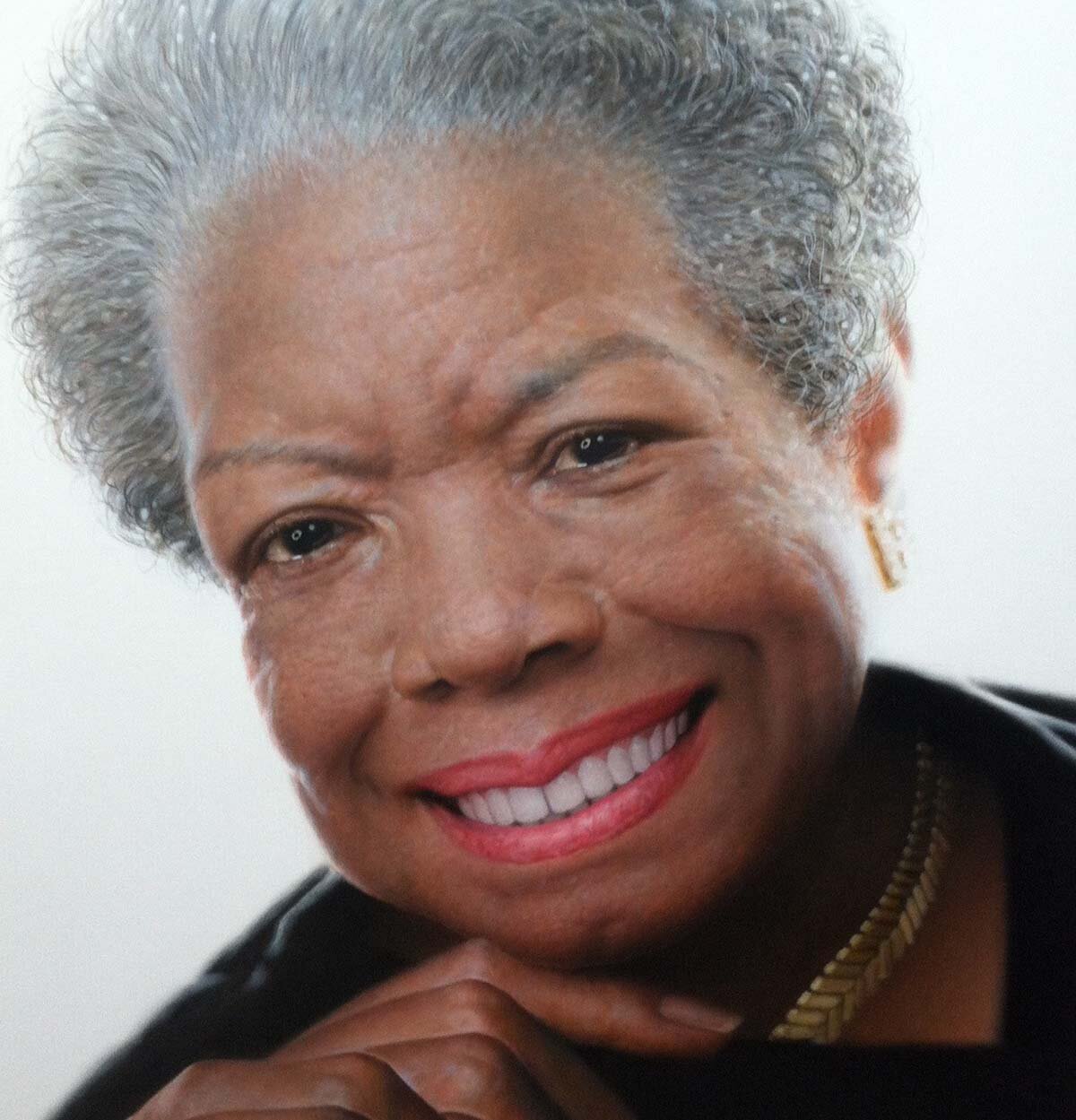
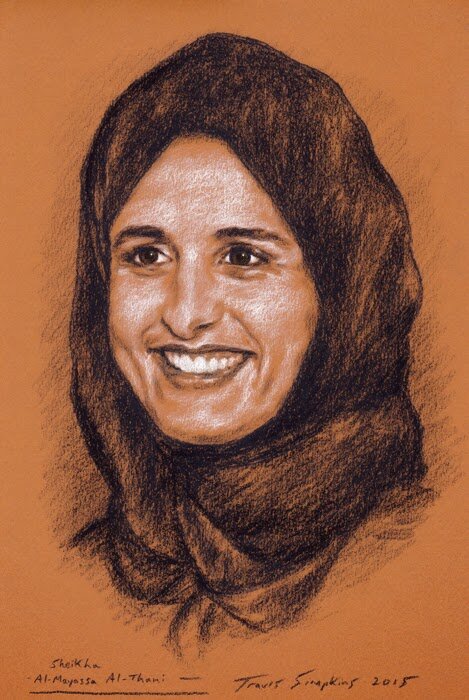

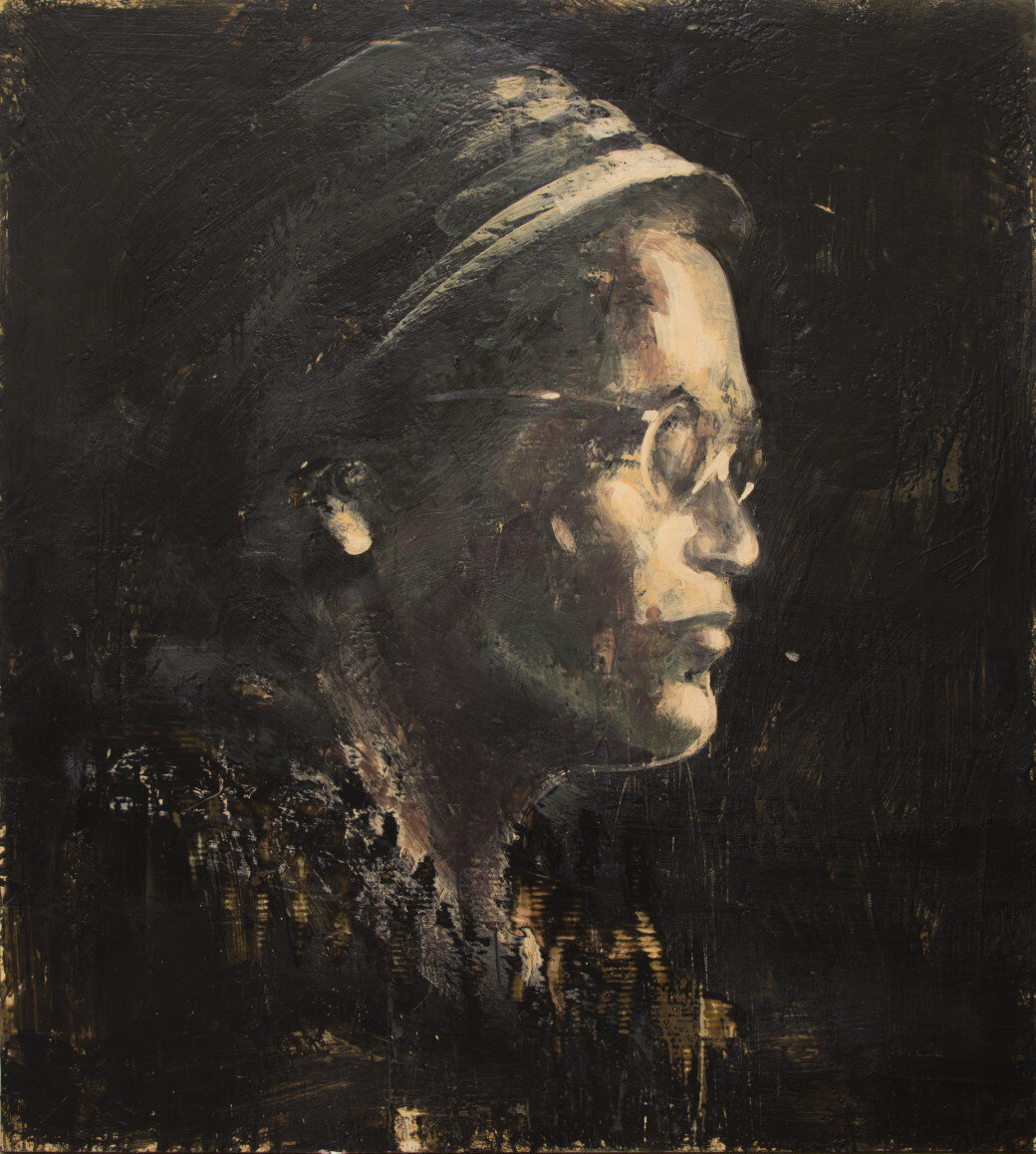

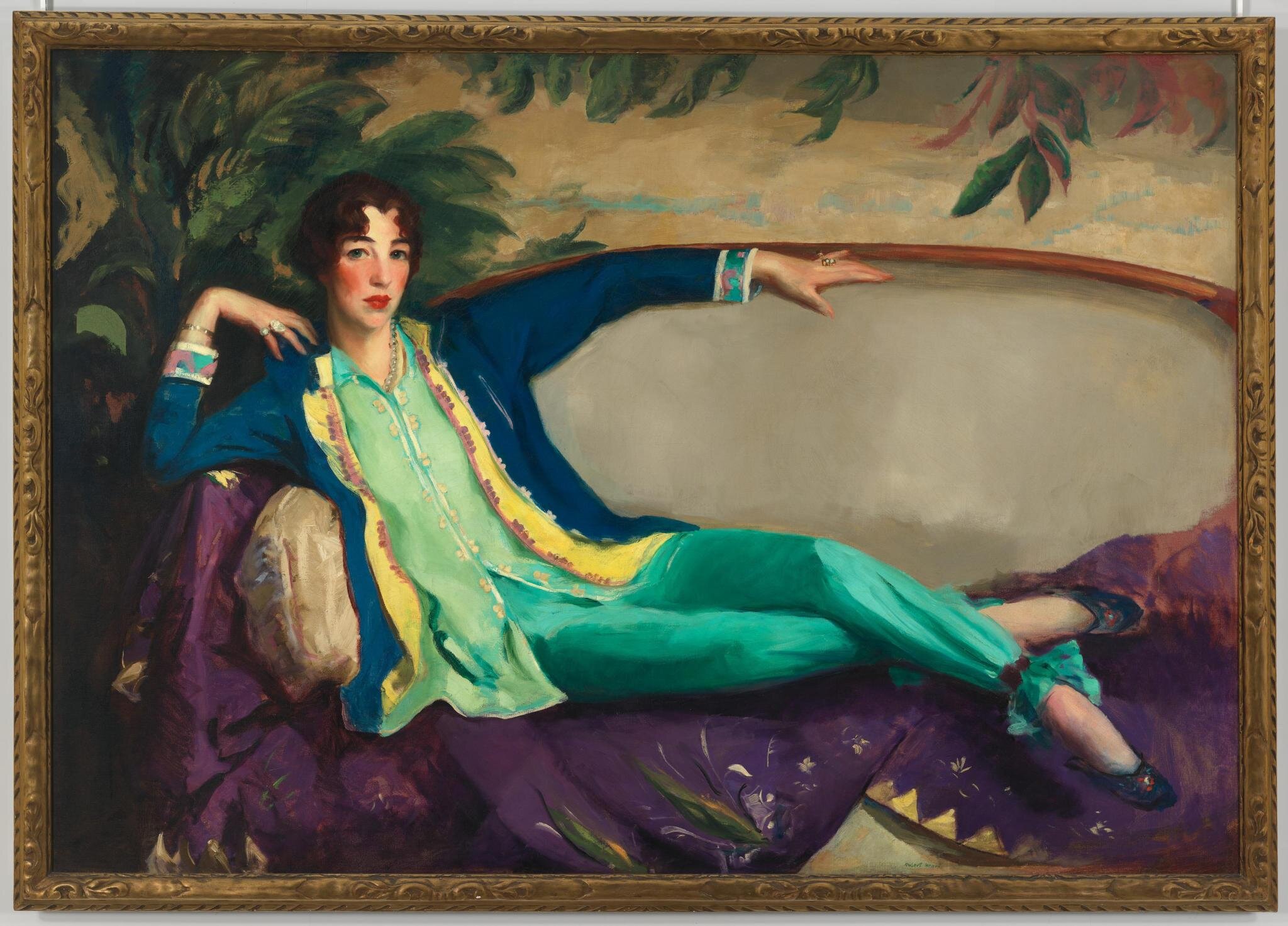
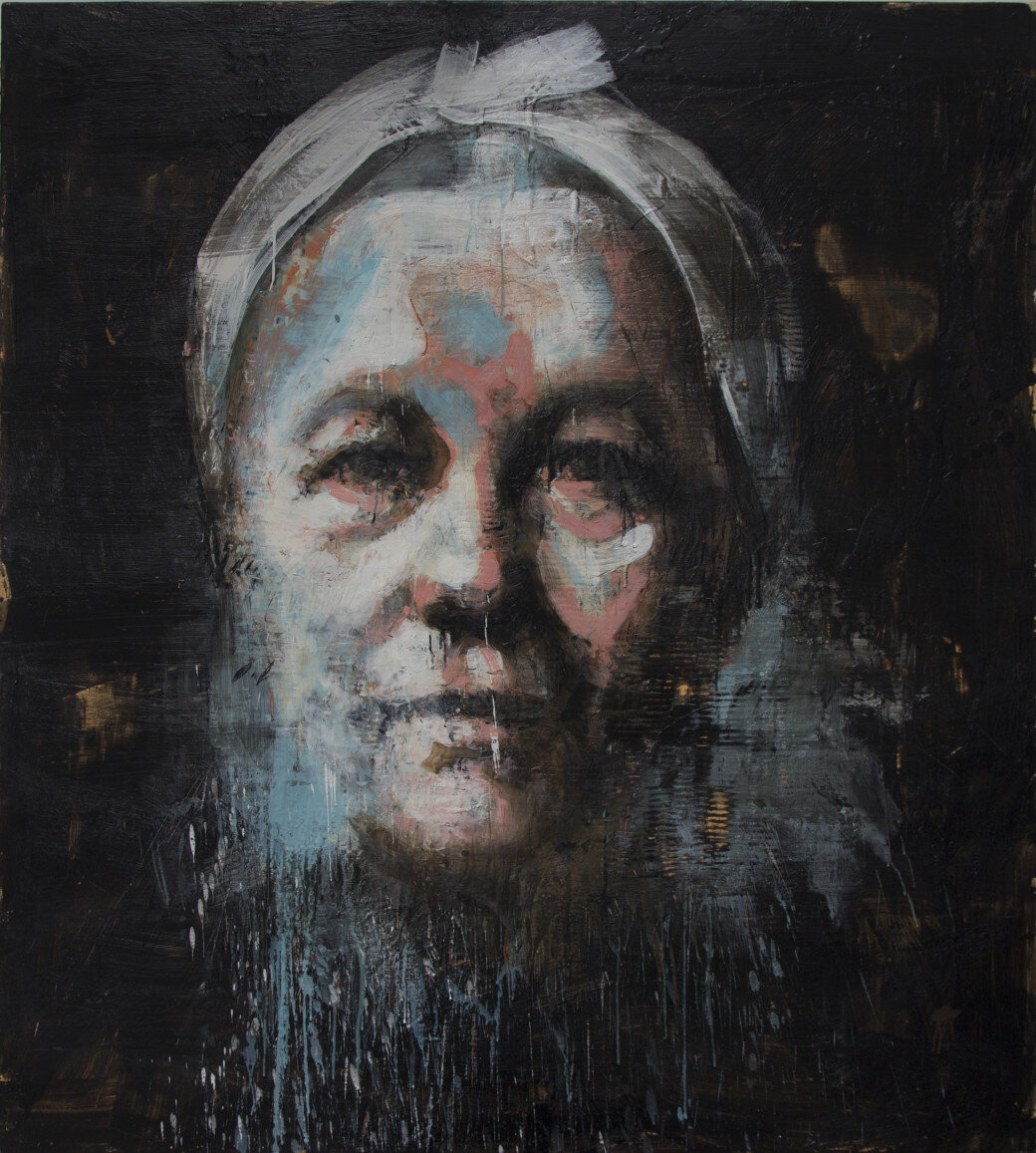
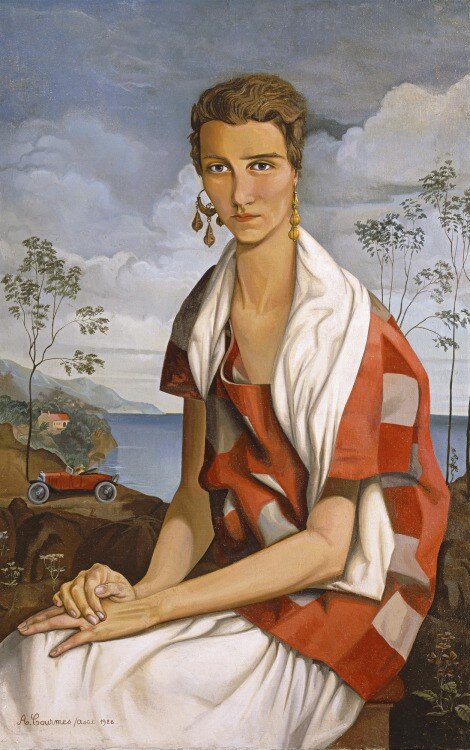
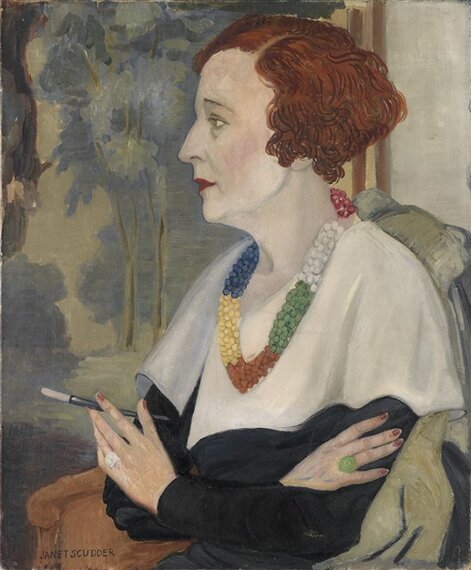

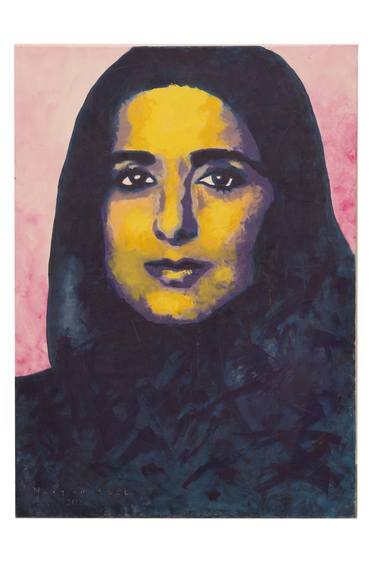
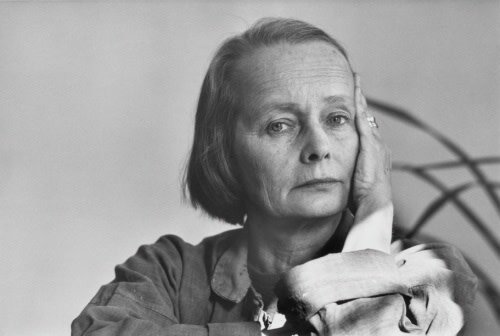

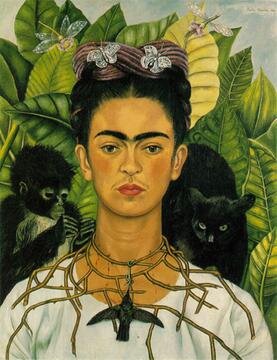
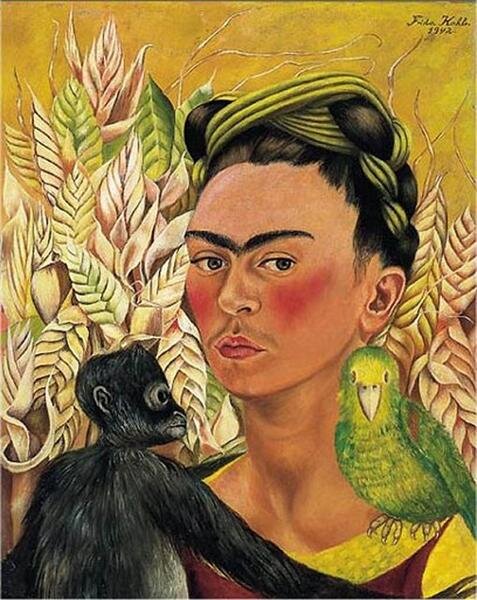
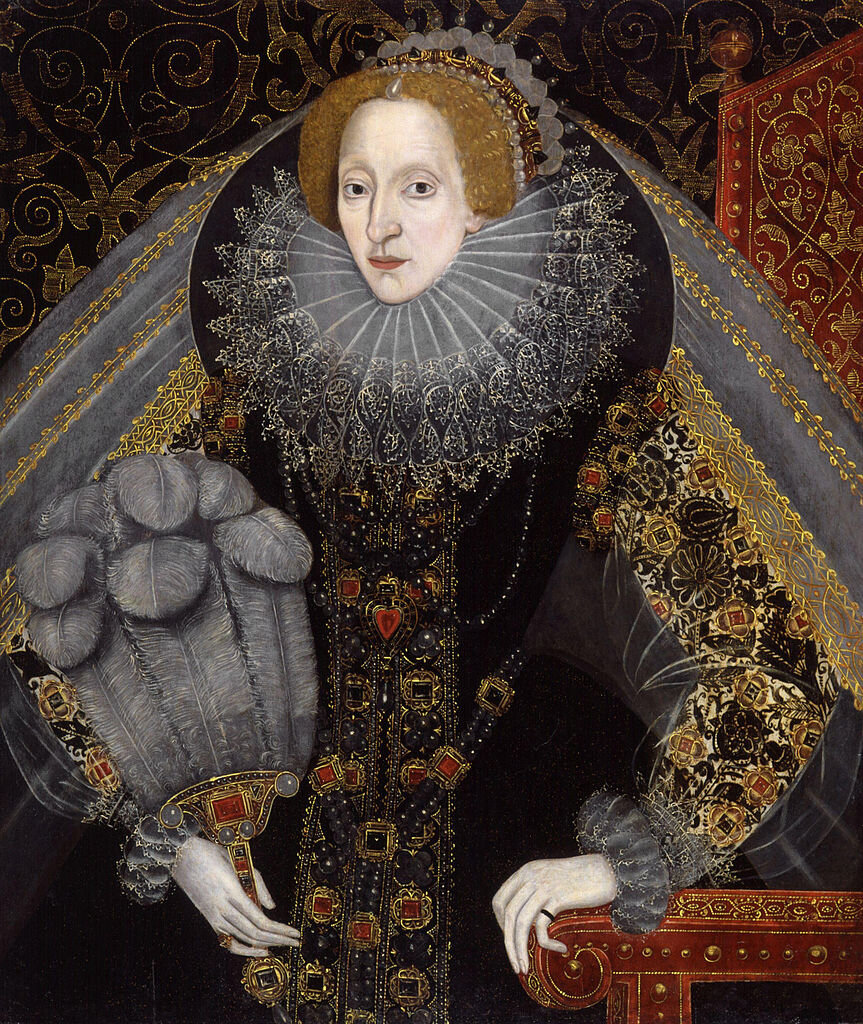
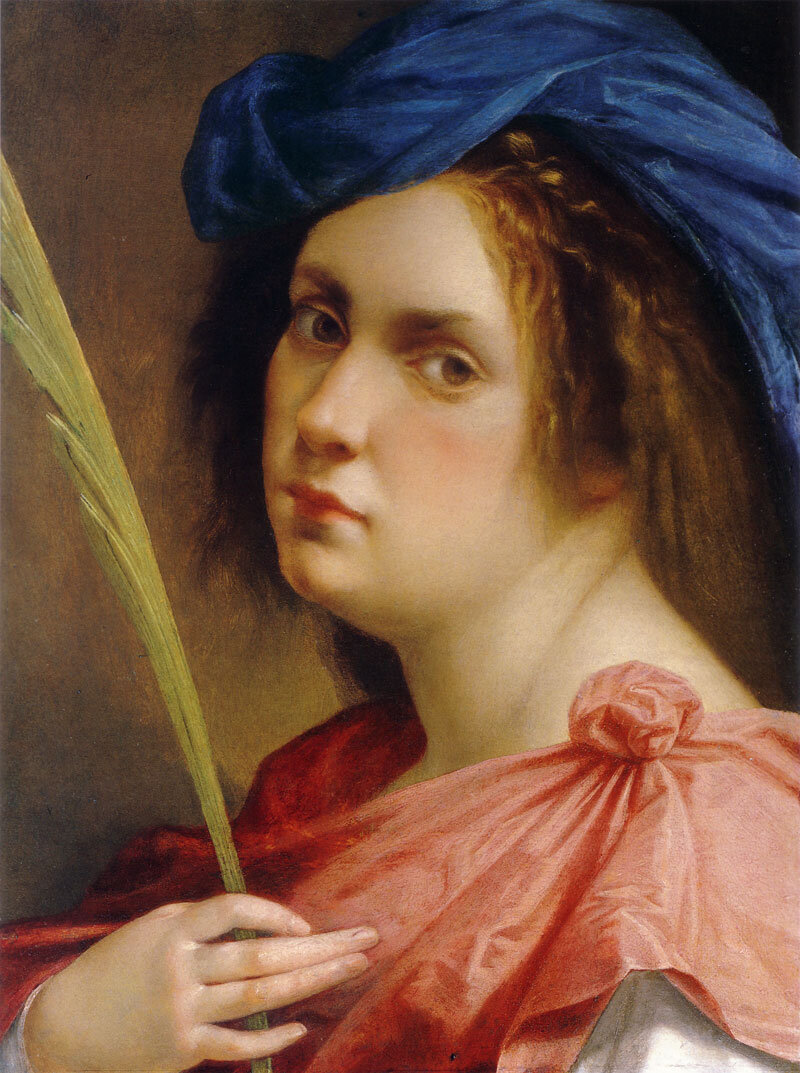
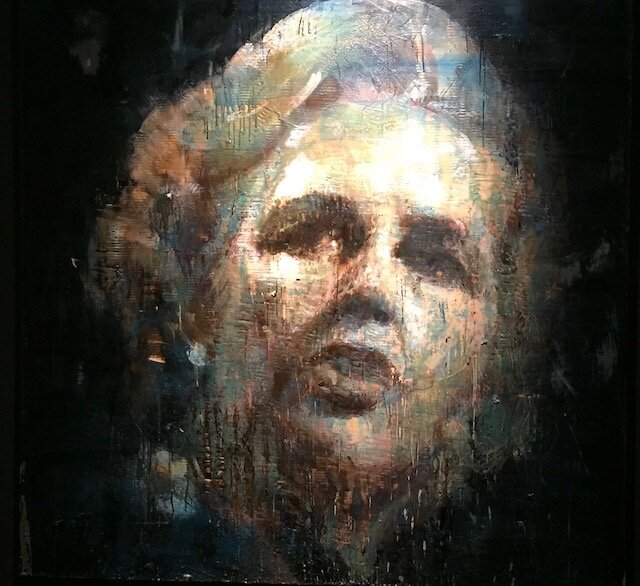
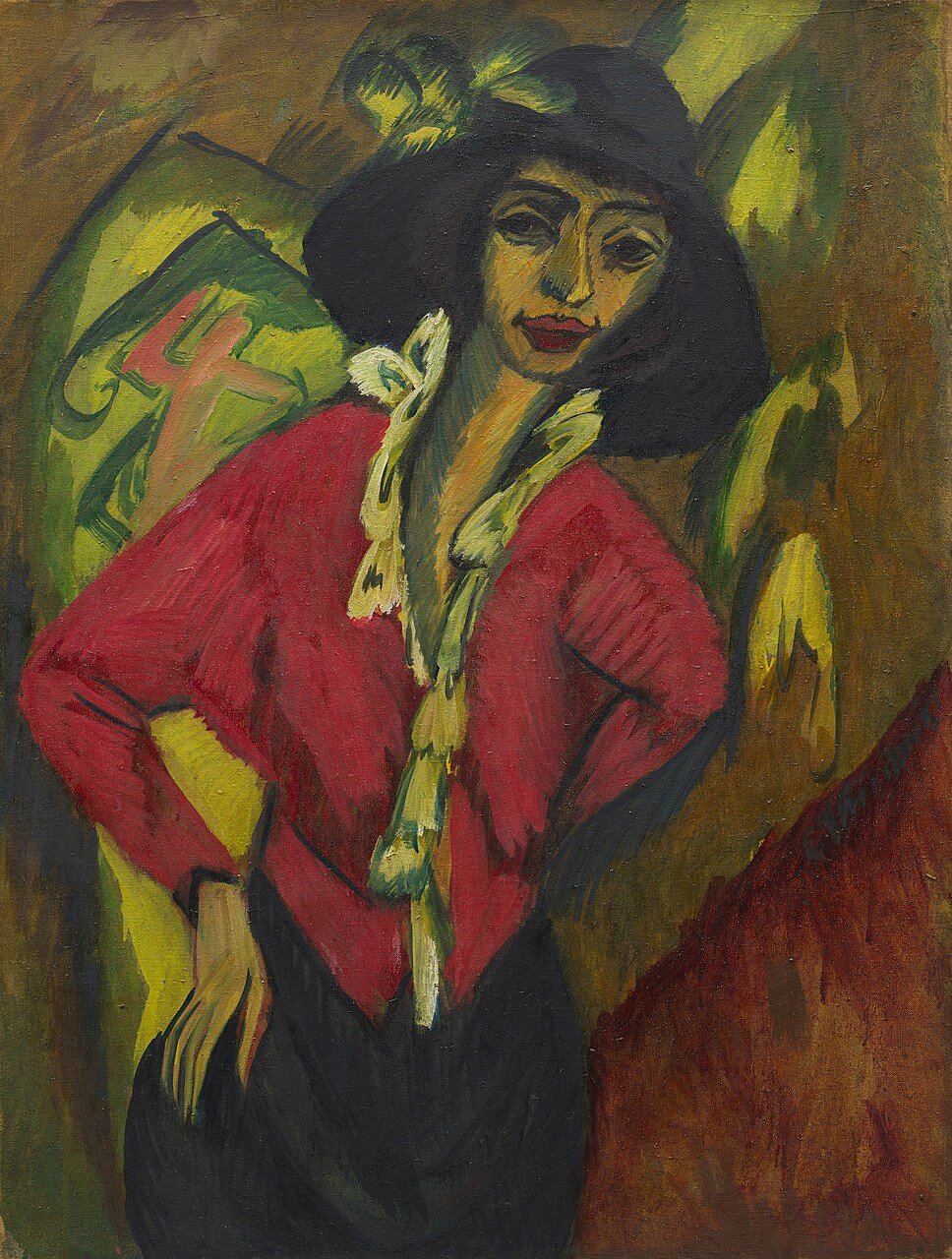

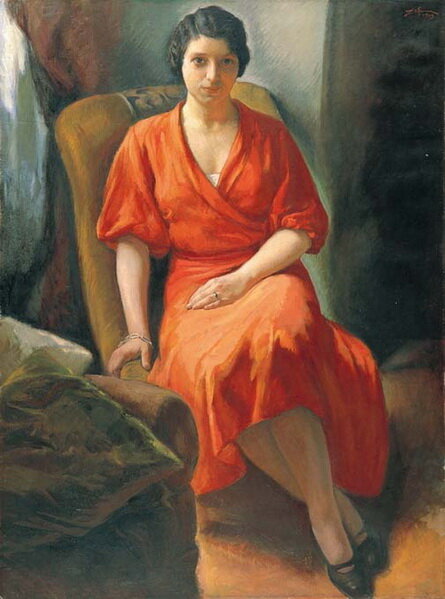
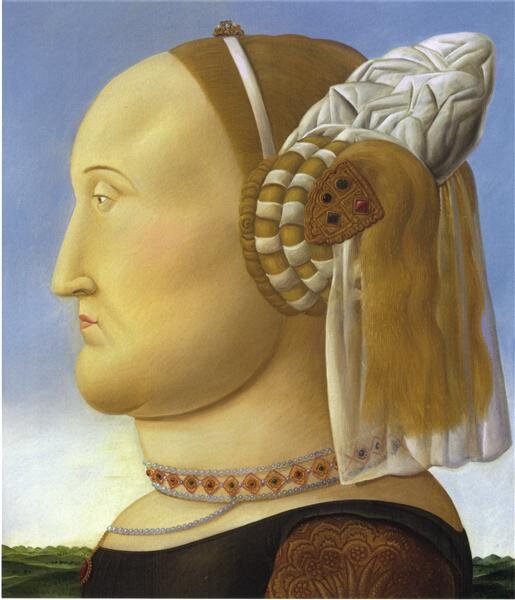
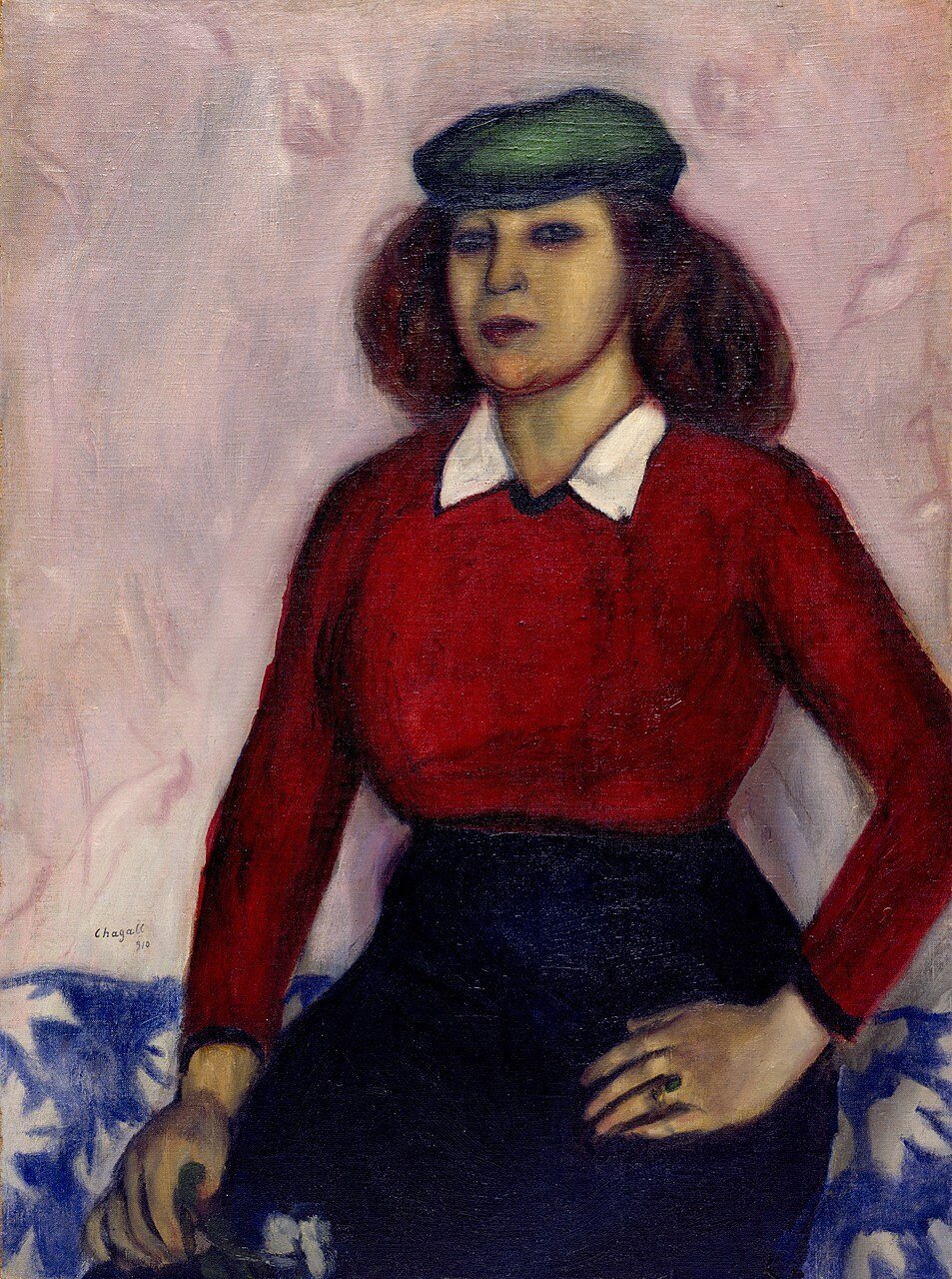
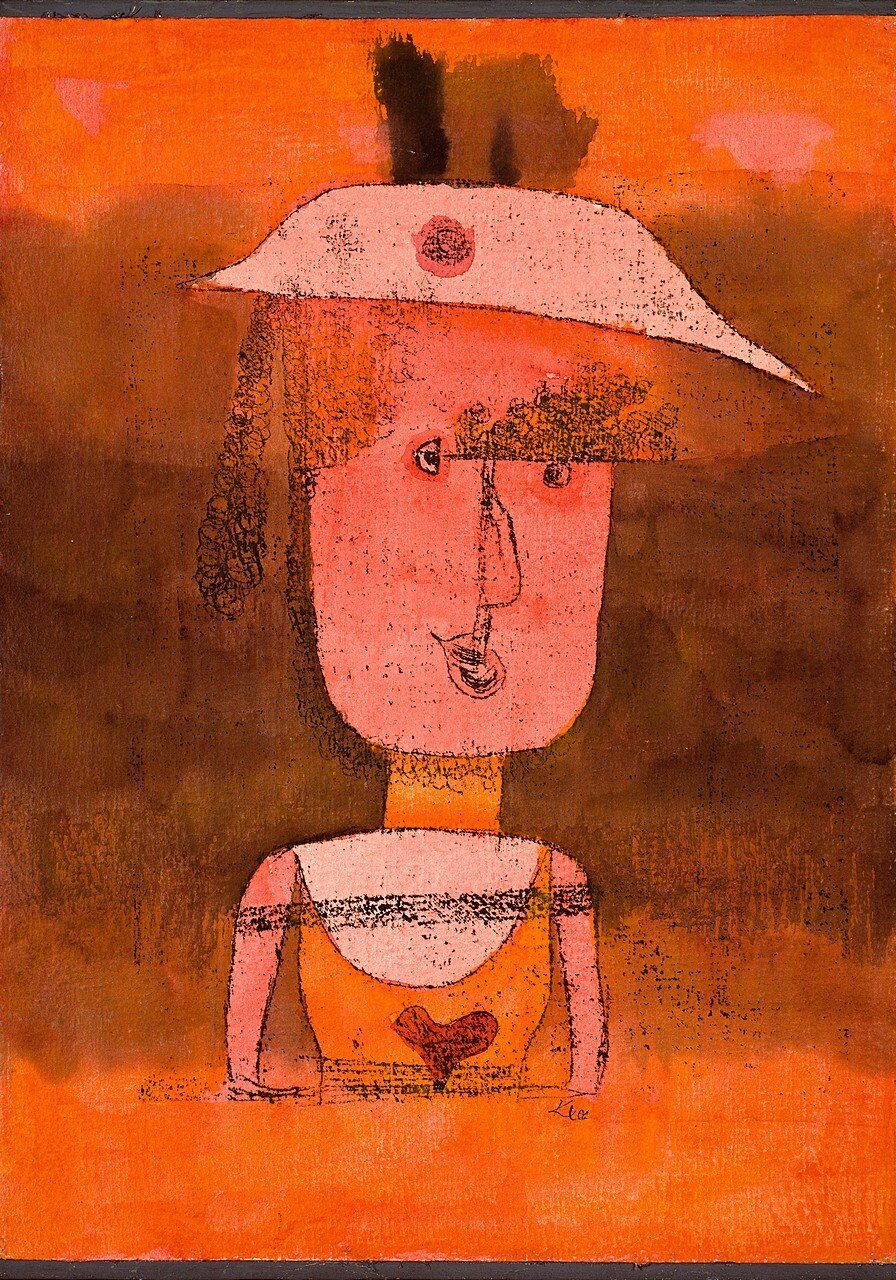

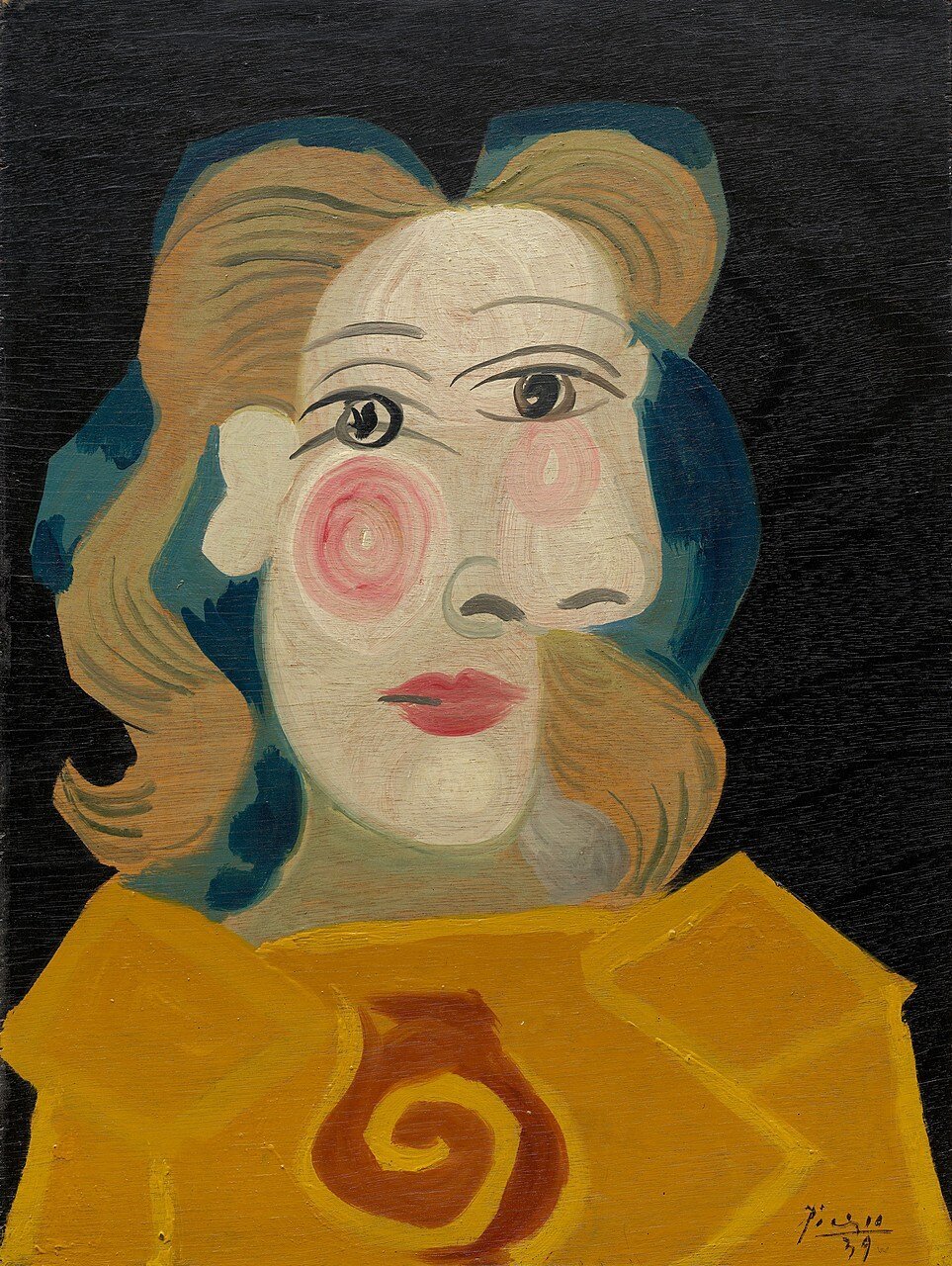
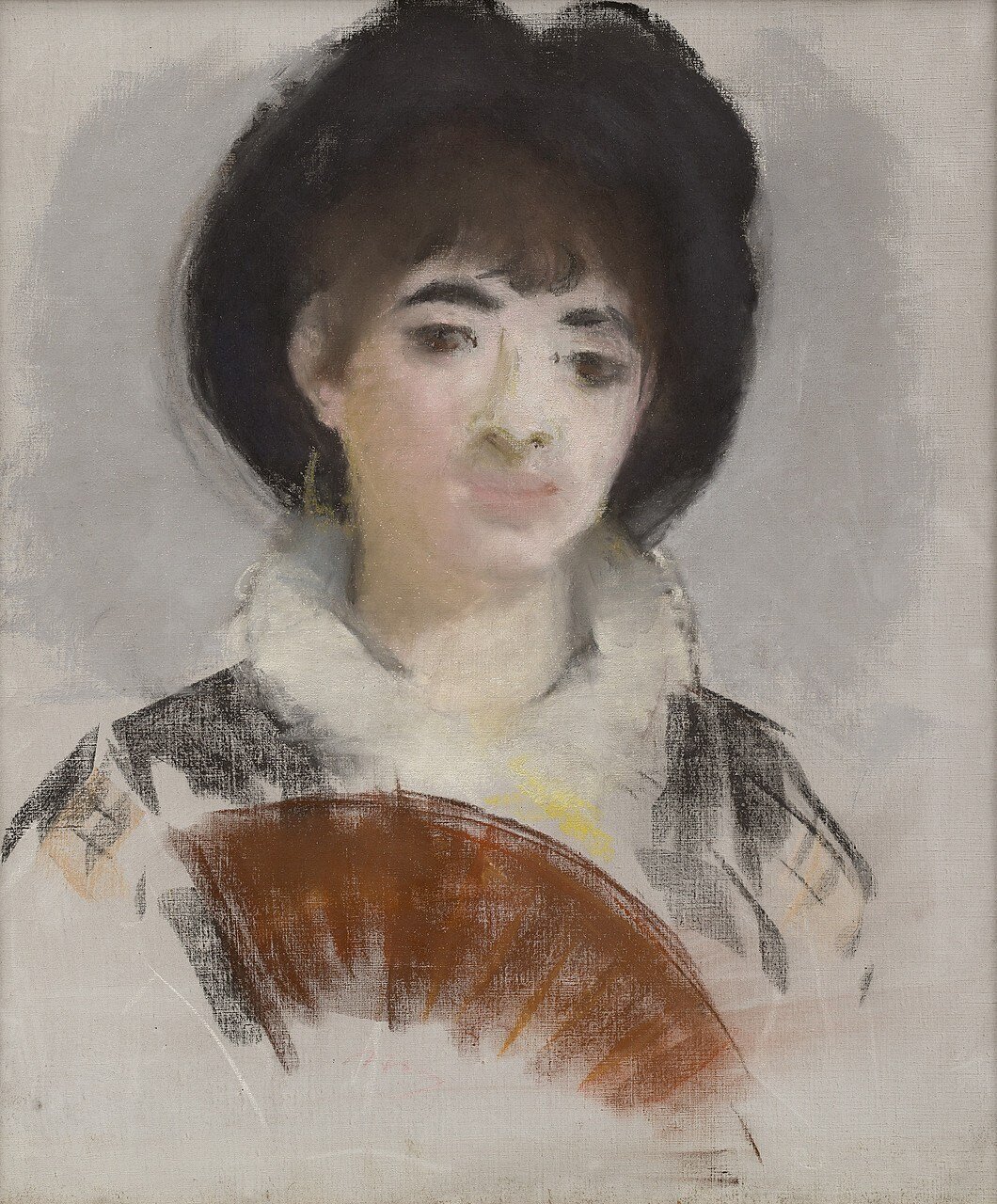
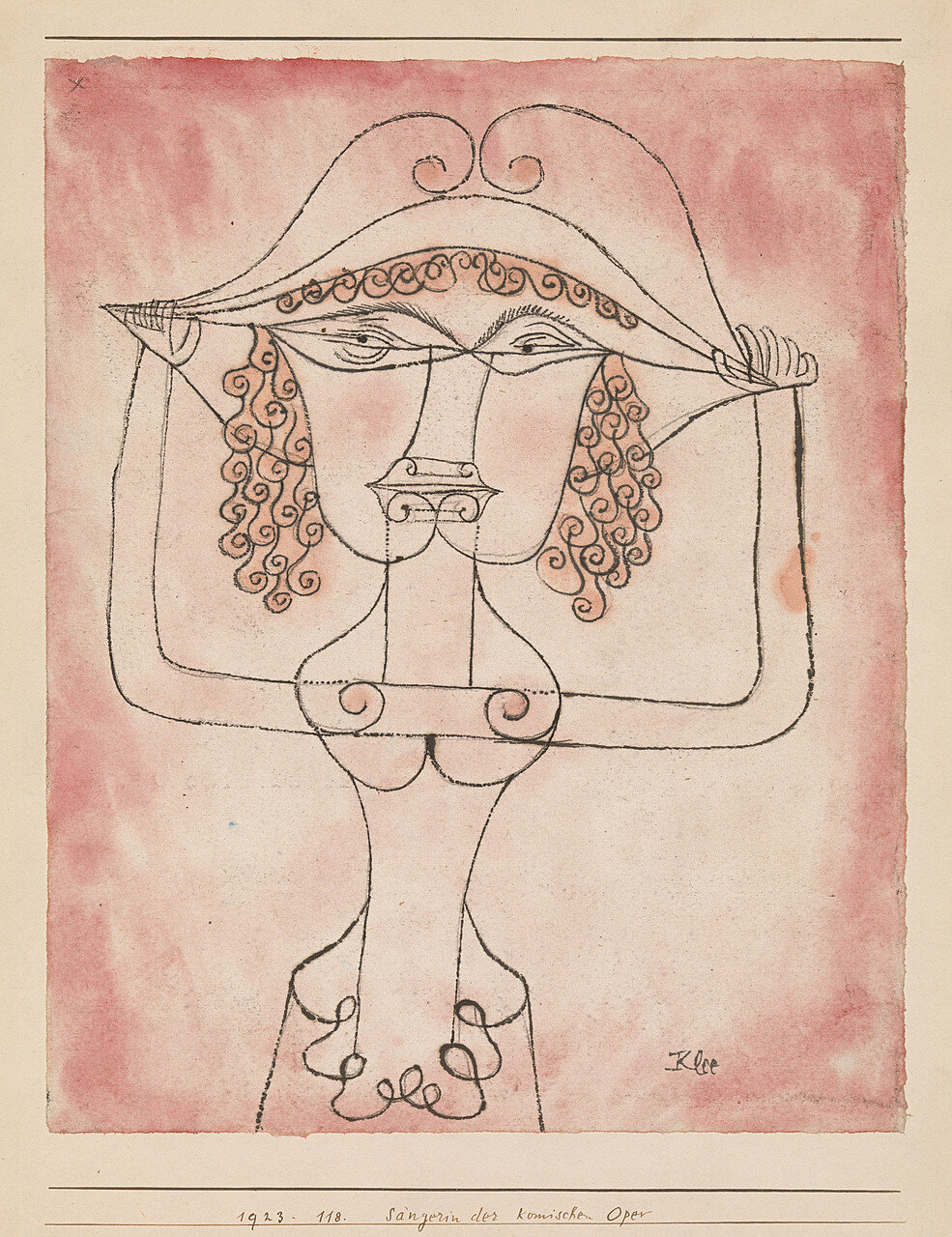



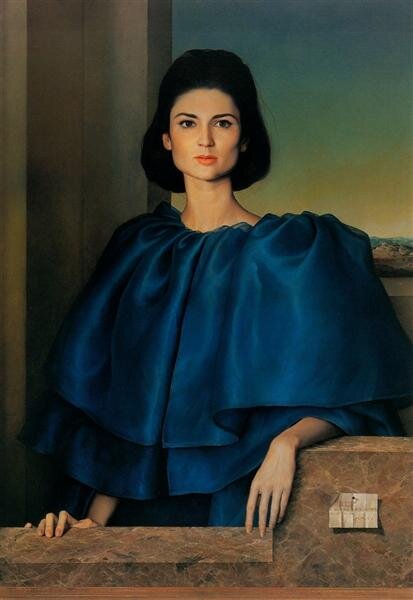
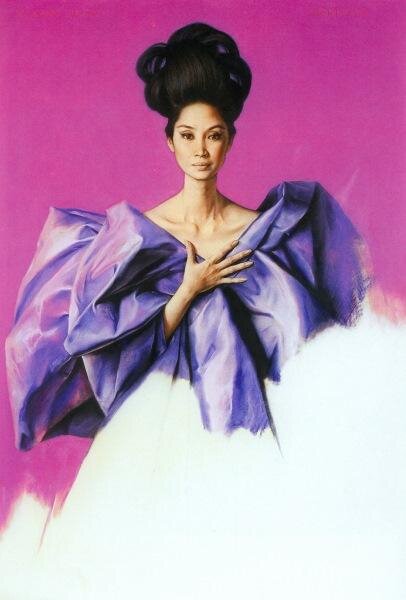
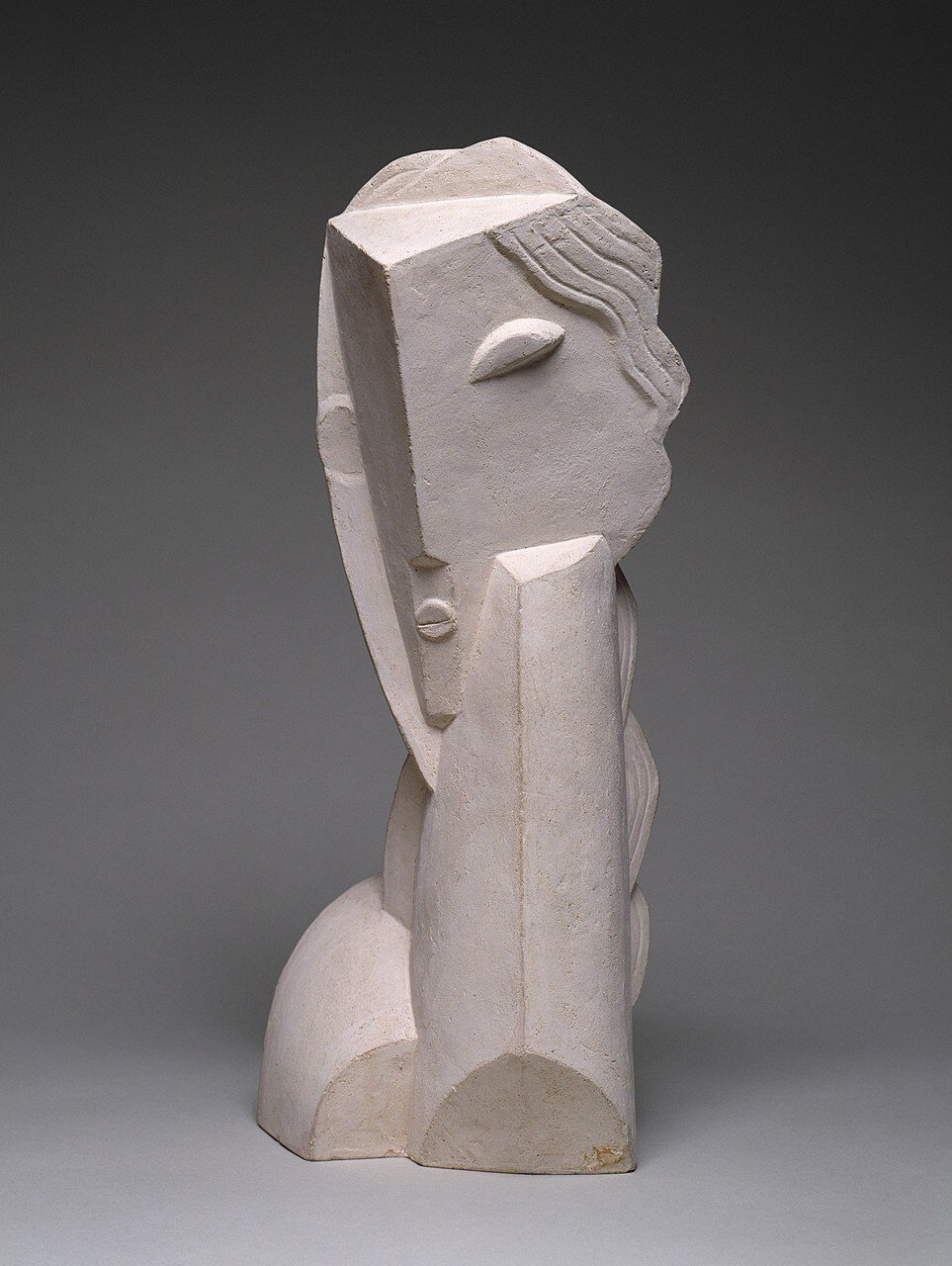

Bianca Milesi Mojon, 1836, engraving, Scala Museum, Milano
Maria Gaetana Agnesi was an Italian mathematician, philosopher, theologian, and humanitarian. She was the first woman to write a mathematics handbook and the first woman appointed as a mathematics professor at a university.
image via Wikipedia

Musee des Beaux Arts de Montreal
Salvador Dalí
Figueras, Spain, 1904 – Figueras 1989
Portrait of Maria Carbona
1925
Oil on cardboard
53 x 40 cm
Purchase, the Montreal Museum of Fine Arts' Volunteer Association Fund, inv. 1969.1640a
When Dalí painted this portrait, he was a boisterous fine arts student, indifferent to the manifesto of Surrealism published that same year in Paris. The son of a notary, he got himself expelled from what is now the Academia de San Fernando in Madrid. In 1925, his first solo exhibition at the avant-garde Dalmau gallery in Barcelona was a success. In its classicism, his work echoes the post-war “return to order” movement: Dalí revered the Neoclassicism of Ingres. Maria Carbona was a young intellectual from Figueras, the artist’s birthplace in Catalonia. She was the daughter of a writer and the town’s mayor. Her pose here suggests both shyness and poise, rendered by a combination of cool elegance and stark monumentality that recalls, to some extent, portraits by the German New Objectivity movement – Dix in this case. The work is painted on the back of a fragment of a still life executed by the artist in 1924, which was later cut in four. In 1929, Dalí officially joined the Surrealists.
© Salvador Dali, Fundació Gala-Salvador Dalí / SOCAN (2020)

Leonardo da Vinci, c.1503 - c.1519, Louvre, Paris, France

Frida Kahlo, 1940-43, Jacques and Natasha Gelman Collection, Mexico City, Mexico

Artemisia Gentileschi, 1640s, Private collection

Pablo Picasso, 1905-6: Bequest of Gertrude Stein: The Metropolitan Museum of Art, New York
The famous writer and expatriate Gertrude Stein was among the first Americans to respond enthusiastically to European avant-garde art. She held weekly salons in her Paris apartment populated by European and American artists and writers. For Picasso, Stein’s early patronage and friendship was critical to his success. He painted this portrait of her between 1905 and 1906 at the end of his so-called "Rose Period." He reduces her body to simple masses—a foreshadowing of his adoption of Cubism—and portrays her face like a mask with heavy lidded eyes, reflecting his recent encounter with Iberian sculpture.
(photo credit: The Met)

John Singer Sargent, 1888: Isabella Steward Gardner Museum
American socialite and patron of the arts Isabella Stewart Gardner first visited Europe as a teenager in 1857, where she was exposed to Italian Renaissance art. Known for her intellectual curiosity, she surrounded herself with noted artists and writers like John Singer Sargent, James McNeill Whistler, and Henry James.
She was a provocative figure in her day, partially owed to her taste in fashion and eccentric behavior. Isabella and her husband Jack were avid travelers, and from the mid-1870s visited the Middle East, Europe, and Asia for long stretches. It was while in Europe they began amassing a large art collection, though Gardner also purchased work in Egypt and the Far East.
Gardner not only collected paintings, but also ceramics, silver, stained glass, and architectural elements like doors. After her husband’s death in 1898, Gardner set about establishing a museum in Boston for their vast collection, which included several portraits of the socialite by John Singer Sargent. The museum opened in 1903 and is still hung to Gardner’s specification. The eclectic collection includes everything from a Titian masterpiece to works by Matisse and Egyptian objects.
In 1990, the Isabella Stewart Gardner Museum was the subject of a high-profile robbery. Thirteen artworks were stolen, including a rare Vermeer and Rembrandt’s only known seascape. One of the biggest unsolved art thefts in history, the works stolen are valued at $500 million.
(image via Gardner Museum)
text from My Modern Met

Ross R. Rossin, 2013, National Portrait Gallery, Smithsonian Institution
photo credit: National Portrait Gallery

Travis Simpkins, 2015
image credit: Travis Simpkins

Artemisia Gentileschi, c.1638-9: Royal Collection Trust
Artemisia Gentileschi was invited to London in 1638 by Charles I, and probably produced this sophisticated and accomplished self-portrait in England. She holds a brush in one hand and a palette in the other, cleverly identifying herself as the female personification of painting - something her male contemporaries could never do.
It was probably during her brief English sojourn (1638-c.1641) that Artemisia Gentileschi produced this painting. She was invited in 1638 by Charles I to come to London to join her father, Orazio Gentilieschi, who had been working in England since 1626. On one level the work depicts an allegorical figure of Painting, and was described as such in Charles I's inventory. Artemisia follows the standard emblematic handbook of the period, the Iconologia of Cesare Ripa, where Painting is described as 'a beautiful woman, with full black hair, dishevelled, and twisted in various ways, with arched eyebrows that show imaginative thought, the mouth covered with a cloth tied behind her ears, with a chain of gold at her throat from which hangs a mask, and has written in front 'imitation''. Artemisia captures the essentials of this description, leaving out the inscription on the mask and the gagged mouth, intended to symbolise that Painting is dumb. With clothes of evanescently coloured drapery, she holds a brush in one hand and a palette in the other. The work is also, however, a self-portrait: as a woman artist, Artemisia identifies herself as the female personification of Painting. There are precedents for this conflation of identities in representations of female artists. The portrait medal struck by Felice Antonio Casoni, celebrating the Cremonese painter Lavinia Fontana, depicts on the obverse a profile portrait of the artist, while on the reverse appears an allegory of Painting. Artemisia here fuses two established visual traditions within a single image.
image & text: Royal Collection Trust

Fyodor Rokotov, 1781-1790: Hermitage Museum
photo: WikiCommons
Catherine the Great is one of the world’s great historical figures. Stuck in a loveless marriage to the King of Russia, Catherine orchestrated a coup to overthrow her wildly unpopular husband Peter III, and then named herself Empress of the Russian Empire in 1762.
Catherine is credited for modernising Russia and established the first state-funded school for girls, reeled back the power of the church within the state and encouraged the development of the economy, trade and the arts.
She is also known for her healthy sexual appetite, having numerous lovers right up until her death who she would often gift with an abundance of jewels and titles before sending them on their way to make room for their replacement.
text: MarieClare

Robert Henri, 1916: Whitney Museum of American Art
Gertrude Vanderbilt Whitney, founder of the Whitney Museum, commissioned this portrait in 1916 from Robert Henri, leader of the urban realist painters who had shocked the New York art world barely a decade earlier with their images of ordinary people and commonplace city life. By 1916, Mrs. Whitney, a professional sculptor, had founded the Whitney Studio in Greenwich Village, a lively center for the support and exhibition of new American art. When Henri’s portrait was finished, Mrs. Whitney’s husband, Harry Payne Whitney, refused to allow her to hang it in their opulent Fifth Avenue town house. He didn’t want his friends to see a picture of his wife, as he put it, "in pants." Mrs. Whitney’s attire and self-possessed demeanor were highly unusual for a well-bred woman of her day. In this painting, Henri transformed the traditional genre of a recumbent female—usually a nude courtesan or the goddess Venus—into a portrait of the quintessential "modern" woman. The portrait hung in Whitney’s West 8th Street studio, which in 1931 became the first home of the Whitney Museum.
Photo & Text credit: Whitney Museum

Alfred Courmes, 1926: Musée franco-américaine du château de Blérancourt, France
credit: Artnet
Socialite Peggy Guggenheim was born into the wealthy Guggenheim family of New York City. The niece of Solomon R. Guggenheim, who founded New York’s Guggenheim Museum, she rose to prominence as an important collector of art. In 1912, when she turned 21, she inherited $2.5 million (valued at $35.3 million today) and moved to Paris, where she befriended Man Ray, Constantin Brancusi, and Marcel Duchamp.
In 1938, she established a modern art gallery in London and began seriously collecting art, focusing on Surrealist and abstract art. Through Duchamp, she created many connections in the art world and exhibited works by important modernists like Henry Moore, Alexander Calder, Pablo Picasso, Jean Arp, and Max Ernst. After one year, she decided to shutter the gallery and focus her efforts on creating a museum.
She settled in Venice in 1949 and established the Peggy Guggenheim Collection to showcase her impressive collection of modern art. Today it is still one of the biggest attractions in Venice and highlights Cubism, Surrealism, and Abstract Expressionism by both European and American artists.
text credit: My Modern Met

Salvador Dalí, 1935: The Museum of Modern Art
photo credit: MoMA
Gala Dalí was the Russian wife of poet Paul Éluard and later of artist Salvador Dalí. She inspired many writers and artists.
Not only was she Dalí’s muse, featuring prominently in many of his artworks, she was also his business manager. She handled all negotiations with his patrons and galleries, ensuring that the artistic genius could focus on creative work.
It’s said that she managed even the smallest details of his life, down to the paint brushes he used. Together, they built a lasting empire that still endures long after their deaths.
Even prior to meeting Dalí, Gala was fully entrenched in the Surrealist salons of 1920s Paris. Married at the time to poet Paul Éluard, one of the founders of the movement, she had a big presence in the group and counted painter Max Ernst as one of her lovers.
text credit: My Modern Met

Maryam Abel,
photo credit: Saatchi Art

Recognised primarily as a mid century dealer, Betty Parsons (b.1900, New York, USA; d.1982, Southold, New York, USA) played a seminal role in the New York art scene during the post-war era. Opening The Betty Parsons Gallery, New York in 1946, she promoted the work of new and emerging artists of her time including Helen Frankenthaler, Jackson Pollock, Mark Rothko and Clyfford Still.
Throughout her career as a gallerist, Parsons continued her training as an artist. She maintained her practice as an abstract painter and sculptor spanning six decades, often painting over weekends in her Long Island studio. Her work has been the subject of numerous one-person exhibitions including The Pollock-Krasner House and Study Center, East Hampton, New York (1992); the Montclair Museum of Art, Montclair, New Jersey (1974); Whitechapel Gallery, London, UK (1968), and The Miami Museum of Modern Art, Miami, Florida (1963).
Parsons' work has been acquired by major museums including The Whitney Museum of American Art, New York, The Smithsonian American Art Museum, Washington, DC; The Museum of Modern Art, New York, The Carnegie Museum of Art, Pittsburgh, PA and The National Museum of Women in the Arts, Washington, DC.
photo & credit: Alison Jacques Gallery

Andy Warhol, 1973": Peggy Guggenheim Collection, Venice
Considered by many to be among the greatest gallerists of late 20th century contemporary art, Ileana Sonnabend (1914–2007) also brought together a major art collection of her own.
Ileana Schapira was born in Bucharest, Romania. Her father was a successful businessman and financial advisor to King Carol II of Romania. She met Leo Krausz (later Castelli) in 1932 and married him a year later. In 1935 they moved to Paris and opened an art gallery there, with René Drouin, before emigrating to New York in 1941. Leo Castelli joined the US army, and Ileana studied at Columbia University, where she met Michael Sonnabend, whom she was to marry in 1959. In the 1940s and 50s the Castellis initiated a collection of art that included works by Piet Mondrian and Jackson Pollock. In 1957 they opened their first art gallery in New York. Together they discovered and exhibited the work of Jasper Johns and Robert Rauschenberg, and began lifetimes of showing new art, beginning with Neo-dada and Pop Art (Roy Lichtenstein, Andy Warhol, Claes Oldenburg and James Rosenquist). Late in 1962 Michael and Ileana Sonnabend opened the Galerie Ileana Sonnabend in Paris, where they exhibited the work of American artists but also the work of several young Italians, beginning with Mario Schifano (1963) and Michelangelo Pistoletto (1964), followed by Gilberto Zorio, Mario Merz and Giovanni Anselmo (1969), Piero Paolo Calzolari (1971), Jannis Kounellis (1972) and others.
In 1970 Ileana Sonnabend opened a gallery in New York, moving in 1971 to the SoHo district, together with the Castelli Gallery, thus spurring a migration of the contemporary art scene in New York. She opened her SoHo gallery with a now-celebrated performance by Gilbert & George. As she continued, through her gallery and collecting, to register new art as it emerged on both the European and the New York scene—Minimalism, Arte Povera, Conceptual Art, performance, Transavanguardia, Neo-Expressionism, Neo-Geo and new photography—she acquired a reputation for her connoisseurship, her appetite for ‘the new’ and for the international character of her gallery.
photo & text credit: e-flux

Frida Kahlo, 1940: Harry Ransom Centre, Austin Texas
Frida Kahlo was a Mexican painter active between 1925 and 1954. She began painting while bedridden due to a bus accident that left her seriously injured. Most of her work consists of self-portraits, which deal directly with her struggle with medical issues, infertility, and her troubled marriage to Rivera. Painting self-portraits was therapeutic, allowing Kahlo to create a separate Frida on which to project her anguish and pain. Scholars have interpreted her self portraits as a way for Kahlo to reclaim her body from medical issues and gender conformity. In particular, scholars have interpreted her self-portraits in the context of the tradition of male European artists using the female body as the subject of their paintings and an object of desire. Kahlo, using her own image, reclaims this use from the patriarchal tradition. The autobiographical details of her life found in these works as well as her characteristic brows, elaborate hair, and vibrant Mexican clothing has made her a popular figure in Mexico and the United States.
Kahlo was a big supporter of the Mexican Revolution, so much so that she attempted to change her birth date to correspond with the beginning of the Revolution in 1910. At the onset of this movement, a so-called “cult of Mexican femininity” gained popularity, which Jolie Olcott describes as “selflessness, martyrdom, self-sacrifice, an erasure of self and the negation of one’s outward existence.” In rejection of this limited conception of femininity, Kahlo fashioned herself as a Mexican counterpart to the flappers of the United States and Europe in the 1920s. Later, inspired by Rivera's concept of Mexicanidad, a passionate identification with Mexican pre-Hispanic indigenous roots, she donned the identity of the Tehuana woman. The Tehuana had a great deal of equality with their male Zapotec counterparts and represented strength, sensuality, and exoticism
image and text credit: Wikipedia

Frida Kahlo, 1942, Naïve Art (Primitivism): Museo de Arte Latinoamericano de Buenos Aires (MALBA), Buenos Aires, Argentina

Artemisia Gentileschi, c.1615: Private Collection, New York City
image: wikicommons

Ernst Ludwig Kirchner, 1914: Solomon R. Guggenheim Museum, New York Partial gift, Mr. and Mrs. Mortimer M. Denker, 1978
“Gerda, Half-Length Portraitwas painted after Kirchner had moved to Berlin and Die Brücke had disbanded. The stylized pose and angularity of the figure set within a radically foreshortened background are typical of the artist’s mature style. The rough-hewn features of her face also call to mind Kirchner’s interest in African masks. The intensity of the composition, the combined result of a harsh palette and sketchlike drawing, is made more dynamic by the highly abstract space surrounding the figure. The seductive, confrontational pose of the subject, the dancer Gerda Schilling (who was the older sister of the artist’s future common-law wife), has an affinity with Kirchner’s psychologically charged Berlin streetscapes of prostitutes and bourgeois life.” — Matthew Drutt

Marc Chagall, 1910, Solomon R. Guggenheim Museum, New York Estate of Karl Nierendorf, By purchase

Paul Klee, 1924, Watercolor and oil transfer drawing on paper, with gouache and ink on paperboard mount, The Solomon R. Guggenheim Foundation, Peggy Guggenheim Collection, Venice, 1976
Paul Klee’s vacation in Sicily during the summer of 1924 provided him with the subjects for several watercolors that capture the color, light, and mood of a specific geographical location and cast of characters. This portrait and that of Frau R. on a Journey to the South, also of 1924 (present whereabouts unknown), are good-natured caricatures of what might be two prim northern ladies whose absurd hats insufficiently shield them from the intensity of the Mediterranean sun.
The registers that break Frau R. into horizontal sections do not so rigidly stratify Frau P.; her hat dips at a jaunty angle. The vivid, warm color that thickens and thins atmospherically over the surface of the page is incised with simplified graphic contours. The black smudges on the surface result from the use of a transfer technique often employed by Klee in this period. In this technique, one side of a sheet of paper was coated with black oil and laid against a blank support. Then a drawing was placed on top of these two layers and its lines traced with a stylus, transferring the outline to the lower sheet. Finally, watercolor was added.
The heart shape on Frau P.’s chest appears frequently in Klee’s work, sometimes as a mouth, nose, or torso. The motif bridged the organic and inorganic worlds for the artist by symbolizing life forces while serving as a “mediating form between circle and rectangle.” — Lucy Flint

Pablo Picasso, 1939, Solomon R. Guggenheim Museum, New York, Thannhauser Collection, Gift, Justin K. Thannhauser, 1978

Édouard Manet, 1880, Solomon R. Guggenheim Museum, New York, Thannhauser Collection, Bequest, Hilde Thannhauser, 1991

Paul Klee, 1923, Solomon R. Guggenheim Museum, New York Estate of Karl Nierendorf, By purchase

Henri Laurens, 1920, cast 1959, Terracotta, The Solomon R. Guggenheim Foundation Peggy Guggenheim Collection, Venice, 1976
"Henri Laurens, who associated closely with the avant-garde painters of his native Paris, worked in a Cubist idiom from 1915. In about 1920 he turned from the production of bas-reliefs and frontalized constructions to the execution of more classically ordered, freestanding sculptures. Head of a Young Girl may have appeared originally as a drawing. However, in this bust Laurens expresses Cubist painting principles in essentially sculptural terms. The tilted surfaces and geometric volumes of the sculpture interpenetrate to constitute a compact whole. Circling the piece, the viewer perceives dramatically different aspects of the head, which provide a variety of visual experiences unexpected in a form so schematically reduced.
The structuring planes of one side of the head are broad and unadorned; its edges and planar junctures form strong, uninterrupted curves and straight lines. The other side is articulated with detail; its jagged, hewn contour describing hair contrasts rhythmically with the sweeping curve of the opposite cheek. Laurens slices into the polyhedron that determines the facial planes to describe nose, upper lip, and chin at one stroke. The subtle modeling, particularly of the almond eye and simplified mouth, produces nuanced relations of light and shadow. Despite the geometric clarity of structure, the delicacy of the young girl’s features and her self-contained pose create a gentle, meditative quality." — Lucy Flint